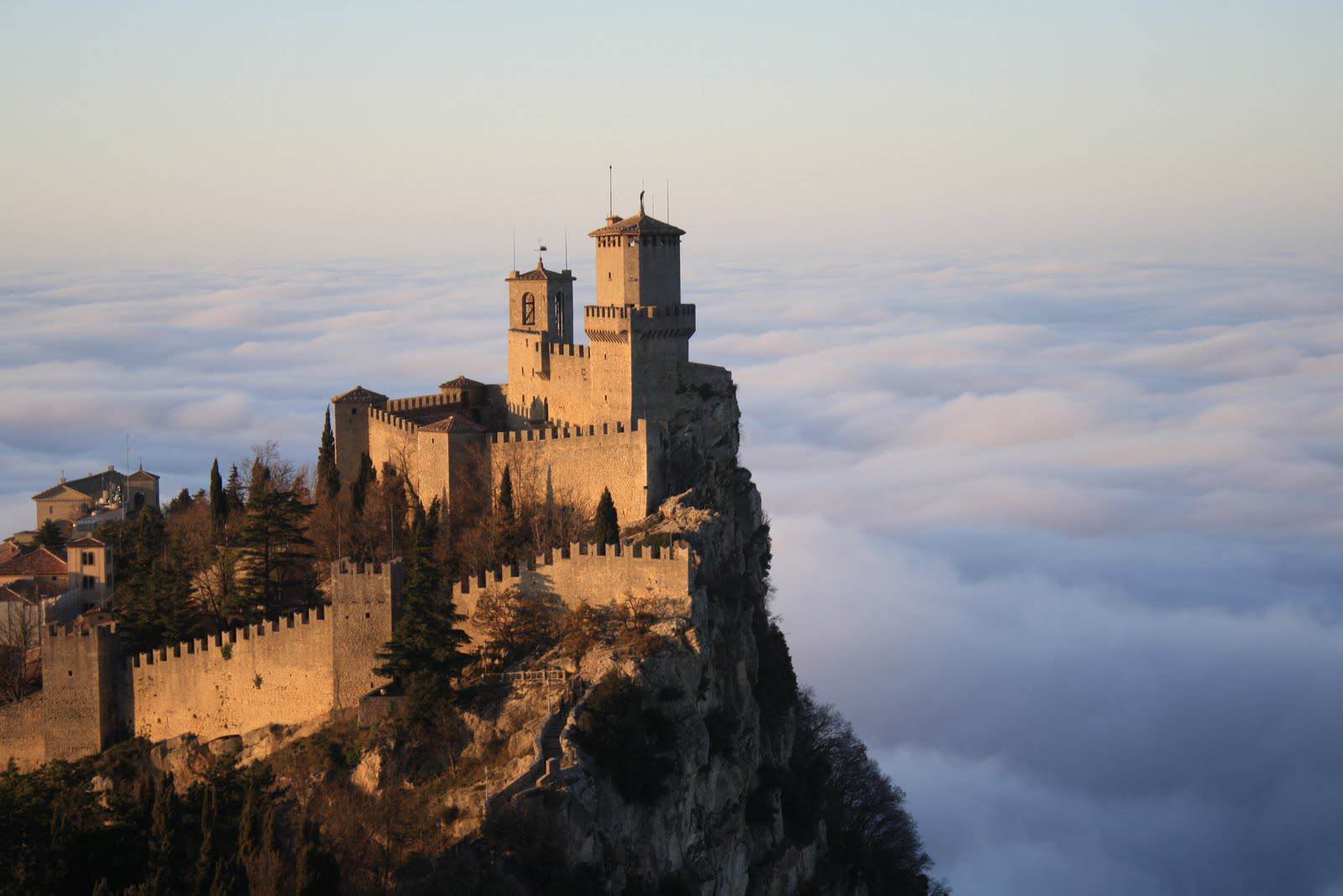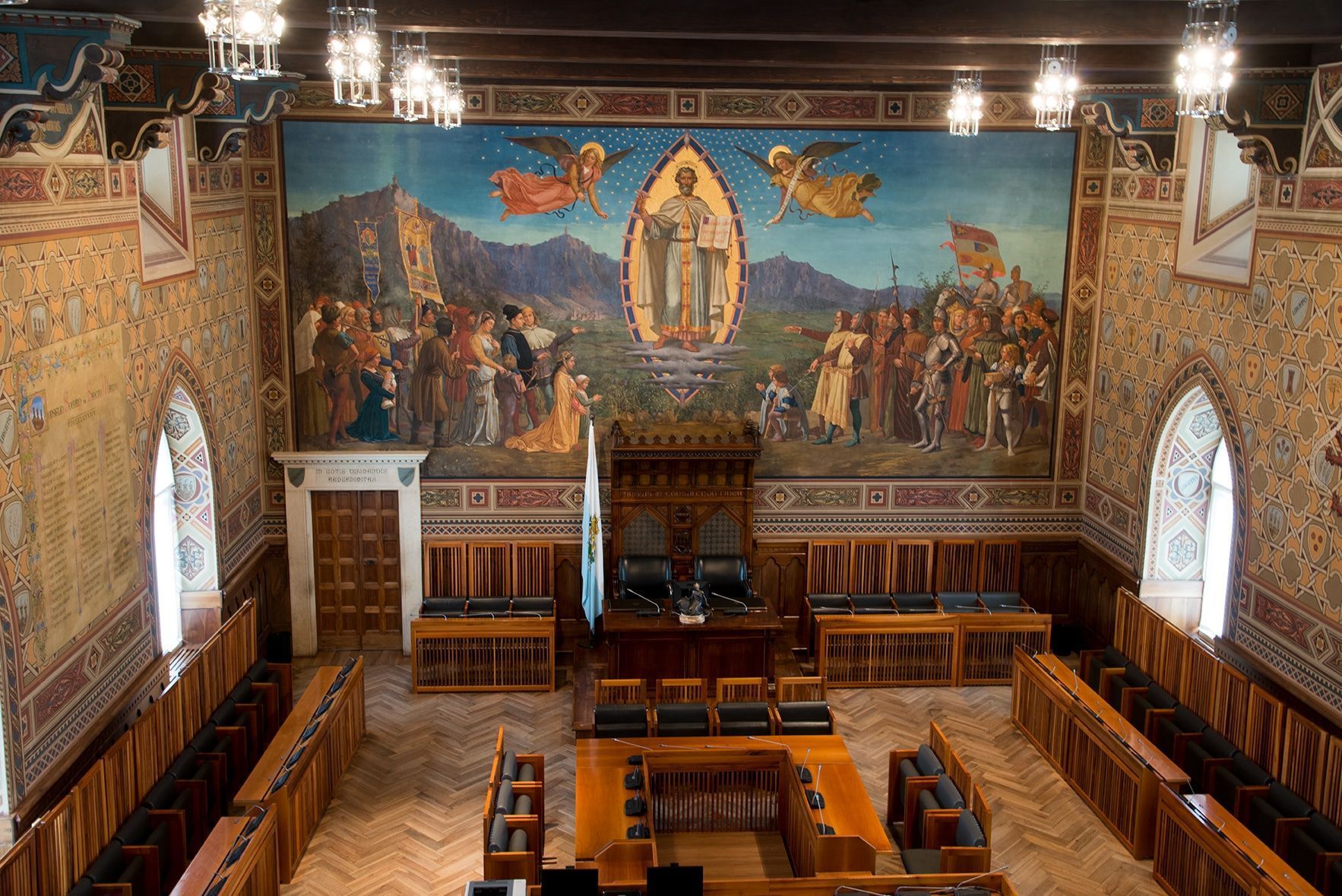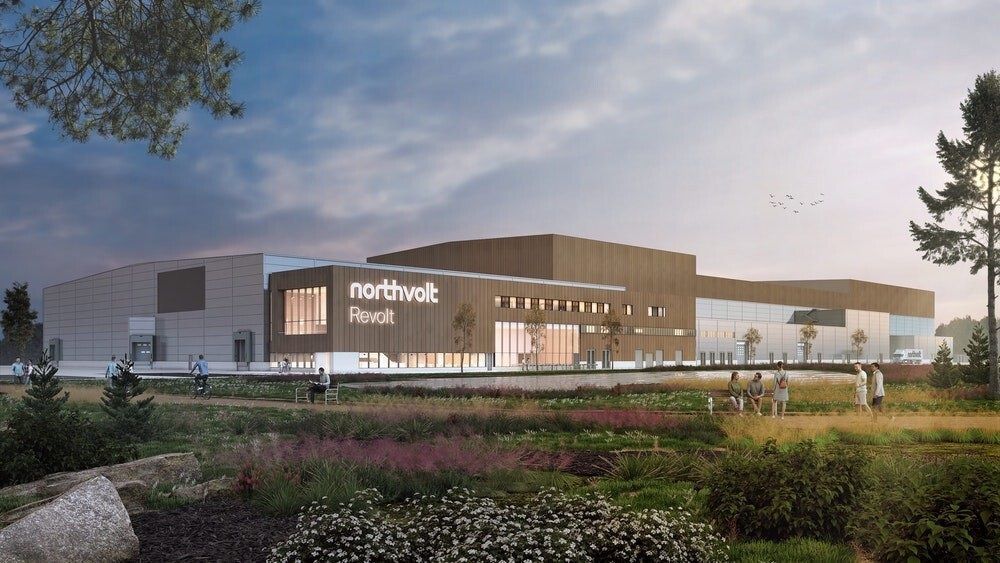Our electric journey weekend through the republic of San Marino
With an area of approximately 61 square kilometres, San Marino is the fifth smallest country in the world. Surrounded by the Marche and Emilia-Romagna regions, San Marino gained its independence in 1291 and is known as the oldest republic in the world.
The inhabitants speak Italian, but being an independent country, San Marino has its own passport and uses the euro as its currency. Its capital, also called San Marino, has a spectacular location atop Mount Titano. From here, the view of the medieval towers – which we will tell you about in a moment – is truly impressive.
Day 1: Bologna to San Marino
A weekend is more than enough time to visit the blue and white state, which is easy enough to get to from Bologna, Florence or Rimini. And it is from Bologna, from one of the many Be Charge stations that our journey begins.
Once in a local car park, a stone’s throw from the bus station, we immediately catch a glimpse of one of the area’s characteristic views. On a clear day it is in fact possible to see kilometres of green Emilia-Romagna countryside, stretching as far as the distant Apennines.
Having left the car, we begin our walk through the historic Porta San Francesco, in the old town centre. As soon as we passed through the gate, we were greeted by a labyrinth of steep streets and alleys fanning out in different directions. The main street was lined with a multitude of shops and boutiques as well as cosy cafés and restaurants.

Wearing comfortable shoes (there is no shortage of climbs, but you have to be careful of ice in winter) we walked up the street to the main square, Piazza della Libertà, where the Parliament is located. San Marino has a multi-party parliamentary system in which the Captains Regent (two) are the heads of state.
The Parliament building offers wonderful insights into the country’s history and unique political system. It is quite surprising to learn how San Marino has maintained its independence over the centuries, a testimony to the diplomatic skills of its rulers.
Many alliances were formed with surrounding states and during major wars a neutral status was chosen. One notable alliance was with the United States, signed during the American Civil War, in which President Abraham Lincoln was made an honorary citizen of San Marino.
During the summer months, visitors can watch the changing of the guard at Parliament, which is performed frequently every day. From here we continued our walk uphill through the maze of streets towards the famous three towers of the independent state.

The towers were built to protect the small state by the Emilian Malatesta family. The oldest tower, Guaita, is surrounded by two circles of walls, one of which is walkable. The tower housed prisoners until the 1970s. It is possible to climb directly onto the roof of the Guaita tower but it is good to know that there is a steep ladder to climb, but the view of the tower from the lookout windows is worth the effort.
The second tower, Cesta, houses the Armoury Museum, which displays weapons and armour from the 13th century onwards. The path that connects the towers is called the Witches’ Pass, as it was here that witches were hanged. We decide to walk the Pass, which is one of the best places to get good shots of both the first and second towers.
There is also a third fortress (Montale), which cannot be visited. One tip we would like to give you is to buy a combined ticket: for 10.60€ you can visit the Public Palace, the first and second towers, the Church of San Francesco and the State Museum.
Let’s continue our walk in the historical centre of San Marino, which is mostly closed to traffic and surrounded by medieval walls. You will find many shops, cafés and restaurants as well as a unique museum, which we decide to visit after lunch: the Torture Museum.

After lunch with a delicious piadina, we head to this permanent exhibition, where for €8.50 you can go back in time to a time when torture for a variety of reasons was anything but uncommon. The contraptions used here are chilling, but it is a typical example of an experience to be had in order to understand the extent of man’s wickedness.
The old town of San Marino is full of cosy cafes, street artists and boutiques selling bags, clothes and ceramics. Banks are plentiful, perhaps because San Marino is one of the richest countries in the world on a per capita income basis, despite having a population of just 30,000.
Many products are tax-free, so San Marino shopping attracts bargain-hunting tourists, as well as many gun enthusiasts: armouries and shops selling replica weapons abound. We continue our tour by visiting the Basilica of San Marino, a church dating back to 1836. It was built on the site of a 5th century church, unfortunately demolished to make way for the new structure.

The neoclassical building has a portico of eight Corinthian columns. The Basilica is the main religious building of the State and preserves the relics of the founder of the San Marino community. Quite tired after the many climbs, we go to enjoy a hot meal and head for the hotel we have booked.
Day 2: San Marino and Verrucchio
The next morning we visit the Palazzo Pubblico (or Parliament) and the State Museum of San Marino.
The museum is not very large but is a must to learn more about the history of this particular reality. Spread over four floors, it presents some really interesting works, such as the sketch for the decoration of the Palazzo del Governo (“Apparizione di San Marino al Popolo” by Emilio Retrosi).
The visit to the Parliament (it is not always possible to visit it, always check it first on the Internet) was truly evocative: the building – which dates back to 1894, but was renovated in 1996 by the famous Gae Aulenti – was the site of Giosuè Carducci’s famous speech on “perpetual freedom”. The highlight of the Palace is undoubtedly the Council Chamber, which can be accessed by climbing an imposing staircase: in its seats, since 1848, the sixty members of parliament of the Titano have been meeting.

Once the visit was over, we concluded our short stay with a special stop: taking the funicular we went to the tourist office to get a San Marino stamp in our passport. For 5€ you can have one of the most original stamps in the world.
Don’t forget to keep some San Marino coins in your pocket: the small State’s Euros – especially if printed following particular events – are quite sought-after objects in the world of collecting.
Having retrieved the car, we make a stop in nearby Verrucchio, one of the most beautiful villages in Italy, in the province of Rimini. We left the car at the Be Charge column in Via dei Martiri and went to a local trattoria to taste some typical dishes like cappelletti in broth and rabbit in porchetta.

With our bellies full, we get back into our electric car and head home, having spent a weekend immersed in history.








